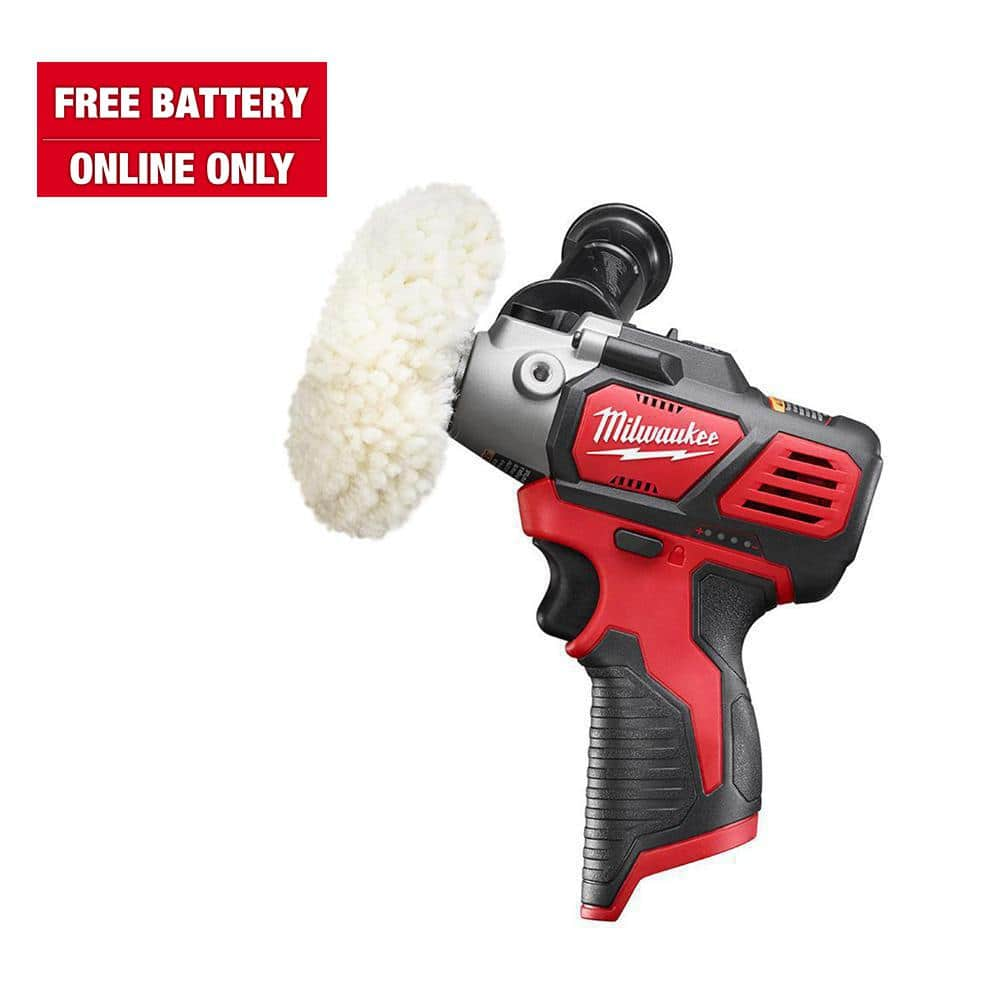YamaHog
Jet Boat Addict
- Messages
- 162
- Reaction score
- 114
- Points
- 112
- Location
- Little Rock, AR
- Boat Make
- Yamaha
- Year
- 2020
- Boat Model
- Limited S
- Boat Length
- 19
As some of you may recall, I had a beaching incident at the end of last season when a local lake water level was low. Killed my impeller and wear wring, but during the off-season I pulled the jet pump and replaced the wear wing and installed a new Solas impeller. The remaining repair work is one the bottom of the boat hull from where I was beached on a muddy flat with some smaller rocks. Most of the scratches came from trying to rock the boat loose, and then being towed off the muddy flat. Luckily no serious fiberglass damage occurred, but I did end with some nasty scratches running the full length of the keel, some deep enough that filling them is needed rather than just sanding them out. I ordered two 2 patch paste repair kits from Spectrum and used a plastic spreader to apply the patch paste after roughing up the area on the hull and wiping it clean with acetone.
I started wet sanding by hand today, but it's killing my neck and shoulder trying to do this laying on my back under the boat. I ran a little short on patch paste so may have to order another kit but I didn't want to end up with too much initially as ;the kits are only good for 6 months.
It still looks really ugly but it's on the bottom of the boat. What would you guys do? I'm thinking of doing minimal sanding on it, polishing to gloss it up so it doesn't look dull, and enjoying the boat this season.
As far as a more permanent long-term repair (to make it like new) I'm assuming I'd need to have a repair shop spray the entire keel with fresh gelcoat to level off any remaining scratches and then sand/polish/buff. I have no idea how much this will cost, but it doesn't sound cheap. I'm assuming a repair show will be able to put the boat on stand or something so it easier to work on.
I just can't do it laying underneath the trailer. Scary pics below Others thoughts' are appreciated.
Others thoughts' are appreciated.
I started wet sanding by hand today, but it's killing my neck and shoulder trying to do this laying on my back under the boat. I ran a little short on patch paste so may have to order another kit but I didn't want to end up with too much initially as ;the kits are only good for 6 months.
It still looks really ugly but it's on the bottom of the boat. What would you guys do? I'm thinking of doing minimal sanding on it, polishing to gloss it up so it doesn't look dull, and enjoying the boat this season.
As far as a more permanent long-term repair (to make it like new) I'm assuming I'd need to have a repair shop spray the entire keel with fresh gelcoat to level off any remaining scratches and then sand/polish/buff. I have no idea how much this will cost, but it doesn't sound cheap. I'm assuming a repair show will be able to put the boat on stand or something so it easier to work on.
I just can't do it laying underneath the trailer. Scary pics below






